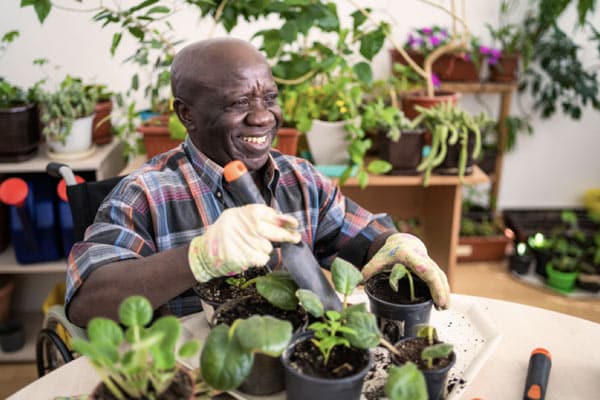As we grow older, the risk of chronic illnesses increases, with diabetes being one of the most common concerns. Alarmingly, approximately 40% of individuals aged 40 to 74 are walking the thin line of pre-diabetes. In this condition, blood sugar levels are higher than usual but not yet high enough to be diagnosed as diabetes. Recognizing the symptoms of pre-diabetes and taking early action can significantly reduce the risk of developing full-blown diabetes and maintain wellness.
What Is Pre-Diabetes?
Pre-diabetes is an early warning system. It indicates that your insulin, a hormone that regulates blood sugar, is not working as effectively as it should. This inefficiency leads to an accumulation of glucose in the blood, setting the stage for potential health complications. However, the subtlety of pre-diabetes means that symptoms can often be so mild that they go unnoticed without regular check-ups.
Recognizing the Symptoms
The most common signs of pre-diabetes are often understated and easy to overlook. Here’s what you might notice:
- • Increased thirst and frequent urination: As your body tries to rid itself of excess sugar through urine, you may feel thirstier than usual and visit the bathroom more frequently.
• Fatigue: High blood sugar can affect your body's ability to convert food into energy, leading to persistent tiredness.
• Blurred vision: Fluctuations in blood sugar levels can lead to changes in fluid levels in your eyes, making it difficult to focus.
• Darkened skin patches: Often seen in the neck and armpit area, this condition, known as acanthosis nigricans, signals insulin resistance.
If you or someone you love is experiencing any of these symptoms, it's crucial to consult a healthcare provider. Early detection through simple blood tests can confirm pre-diabetes.
Preserving Wellness: Minimizing Risks
The progression from pre-diabetes to diabetes is not inevitable. With proactive management, it's possible to delay or even prevent the development of diabetes. Here are key strategies to preserve your health:
-
• Adopt a balanced diet: Focus on a diet rich in fruits, vegetables, whole grains, and lean proteins. Limit intake of high-sugar and high-fat foods. Consistent, balanced meals help regulate blood sugar levels.
• Increase physical activity: Aim for at least 150 minutes of moderate-intensity weekly exercise, such as brisk walking or cycling. Regular physical activity helps improve insulin sensitivity and reduce blood sugar levels.
• Maintain a healthy weight: Losing even a small amount of weight if you're overweight can profoundly impact your health. Weight loss improves your body's ability to use insulin and helps regulate blood sugar levels.
• Monitor your health regularly: Keep regular appointments with your healthcare provider to monitor your health. Regular check-ups can help identify changes before they become more significant problems.
• Manage stress: Chronic stress can affect blood sugar levels. Mindfulness, yoga, and regular exercise can help manage stress effectively.
• For caregivers and loved ones: If you're caring for someone at risk for or diagnosed with pre-diabetes, your role is crucial. Encourage and support lifestyle changes, assist in monitoring health, and help maintain a routine that includes regular physical activity and balanced nutrition. Your involvement can make a significant difference in preventing the progression to diabetes.
Pre-diabetes is a wake-up call, not a life sentence. By understanding its symptoms and taking action to manage health, it's possible to prevent the onset of more severe health issues.
A referred care provider from CareTime, American, Advocate, or Whitsyms In-Home Care can help older adults live healthier lives in a variety of ways, such as planning and preparing nutritious meals, offering motivation to stay physically active, providing companionship to reduce stress, and much more. Contact us today or click the link to the nearest location below to learn more:
- American In-Home Care – Serving North, Central, and West Coast of Florida
- Advocate In-Home Care – Serving Southeast and Southwest Florida
- Whitsyms In-Home Care – Serving Southeast and Southwest Florida
- CareTime – Serving Ocala, Florida and the Surrounding Areas
State of Florida License and Registration Numbers: 30211518, 30211651, 30211295, 30211390, 30210978, 30211293, 30211382, 30211504, 30211733, 30211535, 30211531, 30211710, 30211709, 30211045, 5661











